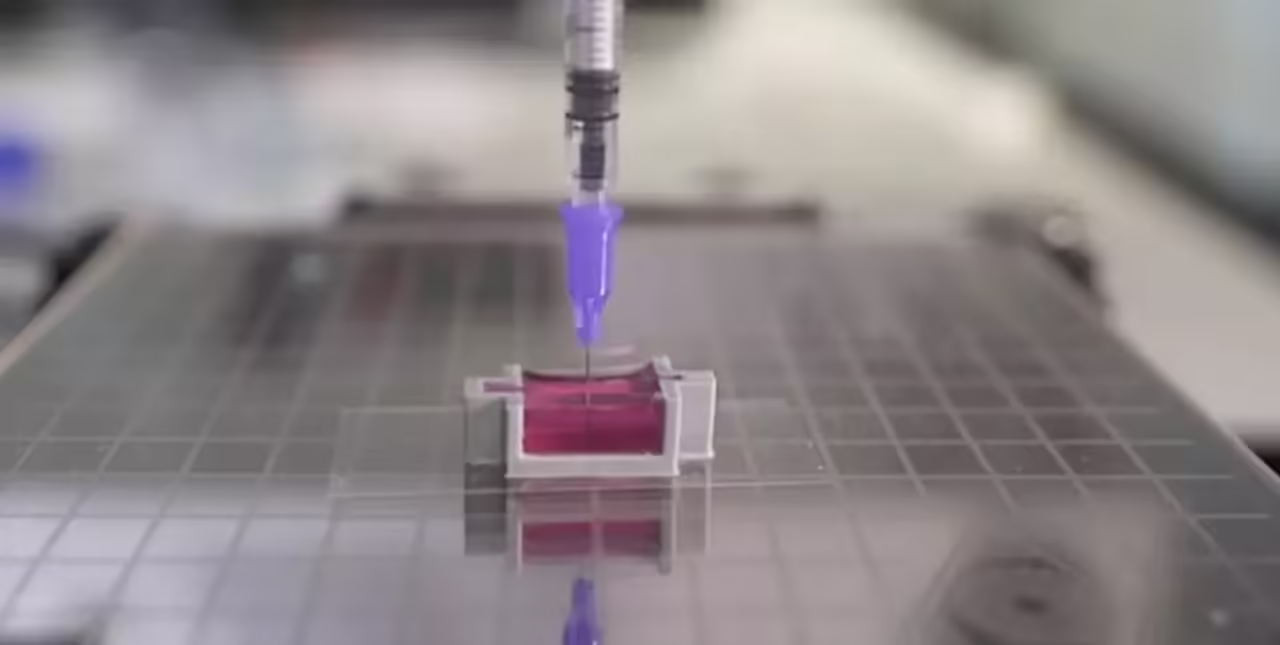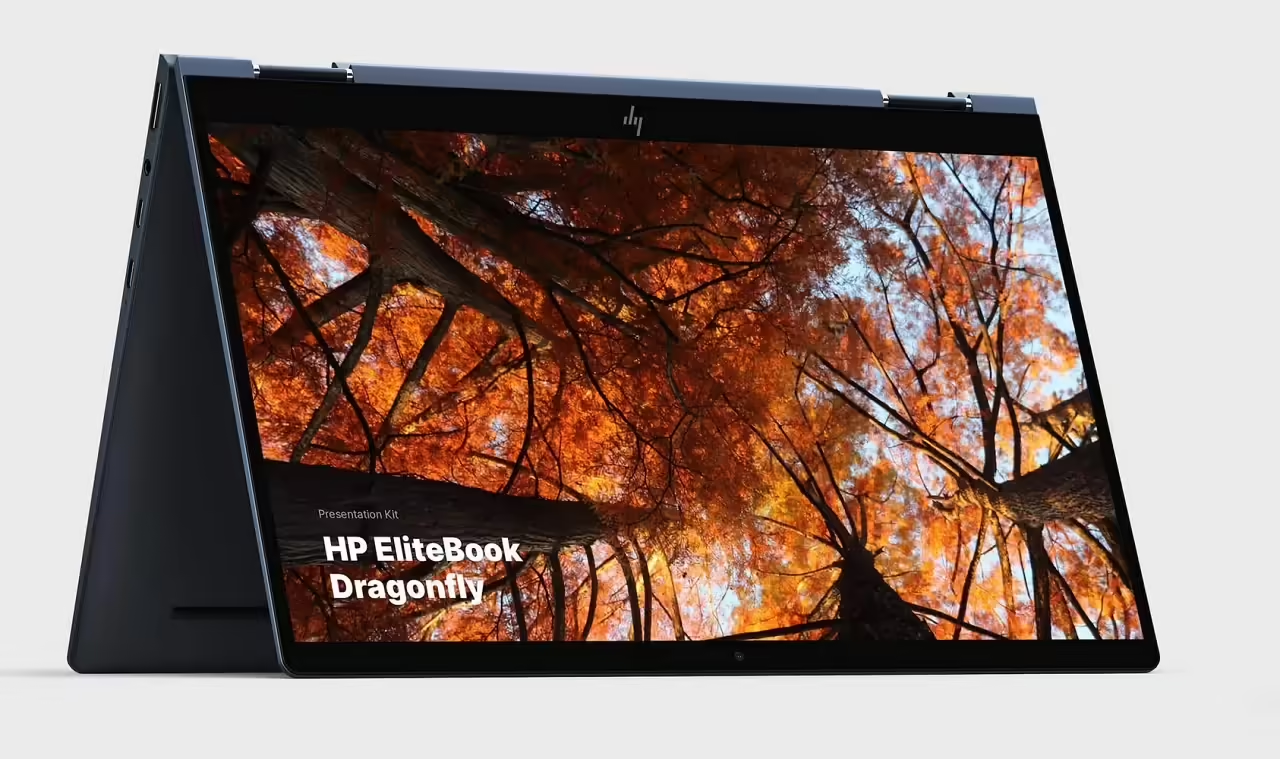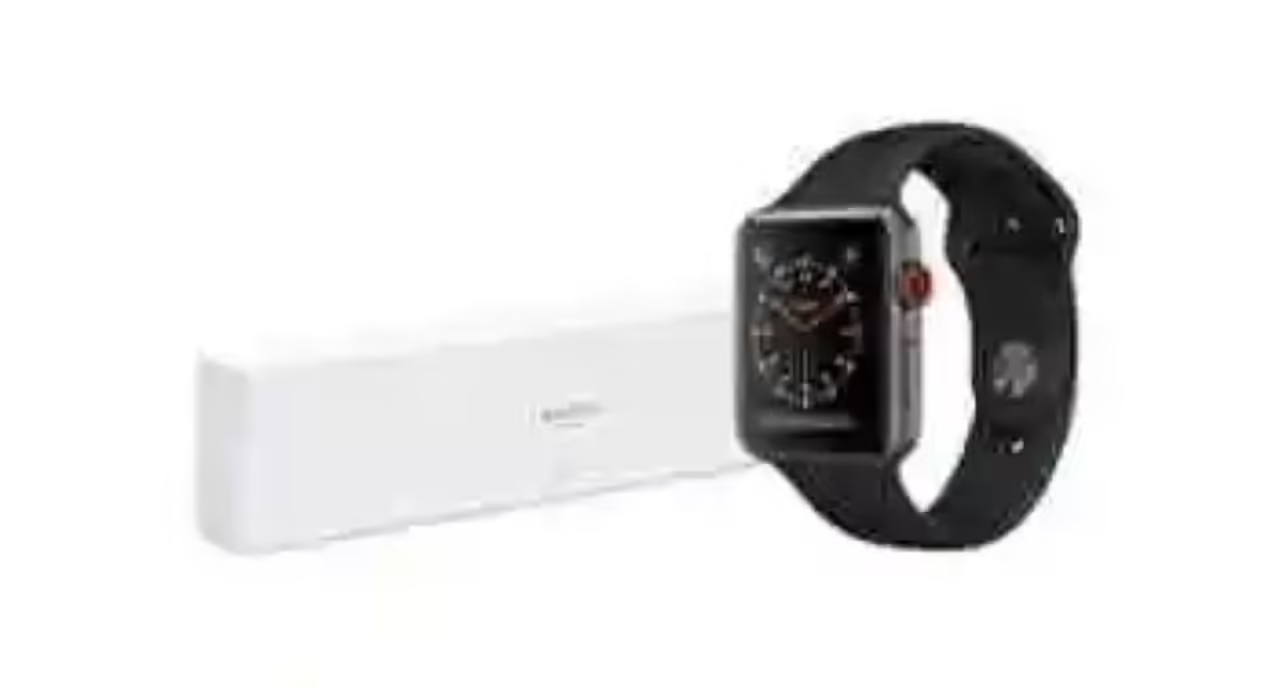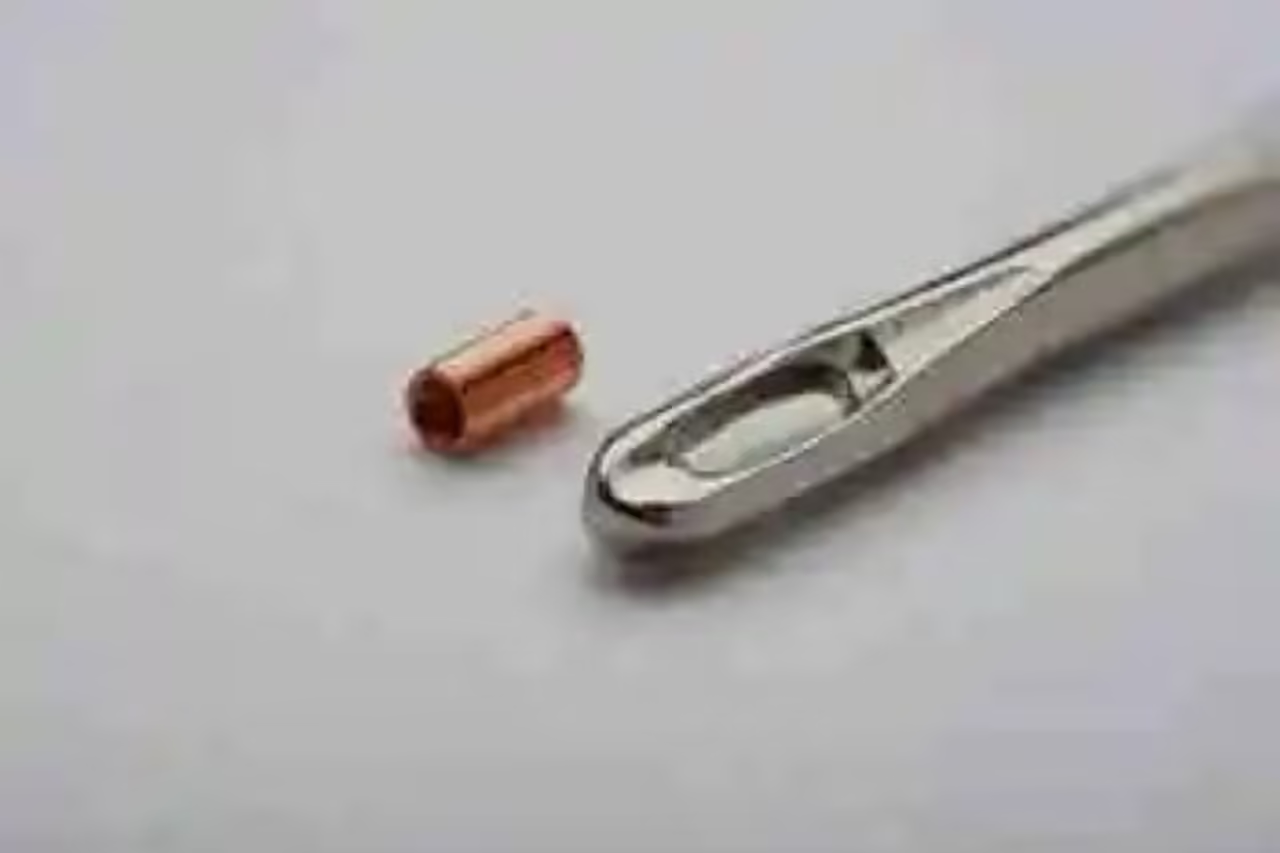
3D printing technology has revolutionized numerous industries in recent years, from manufacturing to medicine. One of the most exciting and promising applications of this technology is its use in wound healing. The ability to print living, functional tissue with human cells has opened up new possibilities in the field of regenerative medicine. One of the most exciting areas of development in this field is printed ink, which can be used to speed up and enhance the wound healing process.
3D printing has long been used in the manufacture of custom prosthetics and medical devices, but its application in wound healing has been challenging due to the need to print living tissue. However, researchers have made great strides in bioprinting, which involves creating living structures using layered printed cells and biomaterials.
Printed ink is one of the most promising techniques in tissue bioprinting. It consists of printing layers of living cells and biomaterials on the wound surface, which allows faster and more efficient healing. Printed ink may contain stem cells, growth factors, and other biological components that stimulate tissue regeneration.
One of the key advantages of printed ink is its ability to create complex three-dimensional structures that mimic the structure and function of natural tissue. This is especially important in the case of large or difficult-to-heal wounds, where precise reconstruction of damaged tissue is required. 3D printing allows the shape and size of the printed structure to be customized to suit the specific needs of the patient.
Printed ink can speed up the healing process by providing an environment conducive to cell growth and tissue regeneration. Printed biomaterials can act as scaffolds that guide cell growth and facilitate the formation of new blood vessels. This helps speed wound healing and reduces the risk of infection.
The application of imprinted ink in wound healing may also reduce the need for skin grafts, which are invasive procedures and may be limited by the availability of skin donors. By printing living tissue with the patient’s own cells, rejection problems are avoided and faster and more efficient healing is promoted.
Although printed ink technology for wound healing is still in its early stages, it is expected to have a significant impact in the field of regenerative medicine. The researchers are working on improving printing techniques, optimizing the biomaterials used, and understanding how printed tissues interact with the human body. As research progresses, we may see the wider adoption of this technology in clinical settings and its integration into daily medical practice.
Aside from wound healing, printed ink also has the potential to revolutionize other fields of regenerative medicine, such as tissue engineering and the creation of artificial organs. Advances in 3D printing of living tissue could eventually enable the production of tailor-made organs for transplantation, thus eliminating the waiting list and improving patient survival.
However, there are challenges that need to be overcome before printed ink becomes a widely adopted solution. One of the key challenges is the long-term viability and functionality of printed fabrics. It is important to ensure that printed tissues are able to maintain their structure and function as they are integrated into the patient’s body.
In addition, there are ethical and regulatory considerations that need to be addressed. The safety and efficacy of printed ink must be rigorously evaluated and approved before its widespread use in clinical settings. In addition, clear guidelines on the intellectual property and regulation of 3D printed products must be established to ensure their quality and safety.
Despite these challenges, the potential for printed ink in wound healing is exciting. This technology has the power to transform the way we treat and heal wounds, offering a personalized and efficient solution for patients. As research and development continues, we can expect significant advances in the application of 3D printing in regenerative medicine and a substantial improvement in wound healing outcomes in the future.
3D printing in the medical field: Advances in wound healing using printed ink
Firstly, the printed ink provides a personalized wound healing solution. Every wound is unique, and the ability to tailor the shape and size of the imprinted framework to the specific needs of the patient is a significant advance. This is especially valuable in the case of large or complex wounds that require precise reconstruction.
In addition, the printed ink facilitates cell growth and tissue regeneration. Printed biomaterials act as scaffolds, providing structural support for cells and guiding their growth in the proper direction. This helps speed up the healing process while reducing the risk of infection.
Printed ink can also incorporate stem cells and growth factors, which are essential for tissue regeneration. These biological components stimulate cell proliferation and the formation of new blood vessels, promoting faster and more efficient healing.
Another important advantage of printed ink is its ability to avoid the need for skin grafts. Skin grafts are invasive procedures and limited by the availability of donors. By printing live tissue using the patient’s own cells, compatibility and rejection issues are avoided, resulting in better integration and increased wound healing efficiency.
Research and clinical trials are ongoing to improve the printing technique, optimize the biomaterials used, and evaluate the safety and efficacy of printed tissues in the clinical setting. As these challenges are overcome, it is likely that we will see broader adoption of this technology in medical practice.
There are many other exciting applications of 3D printing in the medical field besides wound healing. Here are some of them:
Custom Prosthetics: 3D printing allows for the creation of affordable custom prosthetics. With this technology, it is possible to design and manufacture prostheses adapted to the specific needs and measurements of each patient, which improves the comfort and functionality of traditional prostheses.
Anatomical models: 3D printing is used to create accurate anatomical models from medical images, such as CT scans or MRIs. These models are very useful for surgical planning, medical education, and communication between physicians and patients.
Regenerative Medicine: Bioprinting, which involves printing living tissue using cells and biomaterials, is a promising area of regenerative medicine research. Printing viable tissues and organs could offer long-term solutions for regenerating damaged tissue or creating organs for transplantation.
Personalized medicines: 3D printing is used to manufacture personalized medicines with specific dosages and formulations for each patient. This can be especially beneficial in the field of oncology, where precise doses of drugs for chemotherapy treatments can be printed.
Surgical Instruments and Medical Devices: 3D printing enables the manufacturing of custom surgical instruments and complex medical devices. These instruments and devices can be tailored to the needs of the patient and improve the precision and efficiency of medical procedures.
Education and training: 3D printing is used in the creation of educational and training models for students and health professionals. These models allow for realistic practice and enhance understanding of anatomy and medical procedures.
Dentistry: 3D printing is used in the manufacture of dental prosthetics, such as crowns, bridges, and braces. This streamlines the manufacturing process and offers faster and more accurate solutions for dental patients.
Scaffold structures: 3D printing is used to fabricate biodegradable scaffold structures that can be implanted into wounds to promote tissue regeneration. These structures provide temporary support for cells and gradually degrade as tissues regenerate.
Blood vessel printing: 3D printing has been used to print artificial blood vessels that can be used to replace or repair blood vessels damaged in injuries. This is crucial to ensure an adequate supply of blood and nutrients to the affected tissues.
Skin printing: 3D printing has been used to make artificial skin patches that can be applied to wounds to speed healing and promote tissue regeneration. These patches may contain living cells and growth factors that stimulate cell growth and regeneration.
Dressing customization: 3D printing allows the customization of wound dressings according to the specific characteristics of each patient. This may include the specific shape, size, and components needed to speed healing and prevent infection.
Study models: 3D printing is used to create wound study models that allow physicians and healthcare professionals to analyze and plan treatment procedures with greater precision. These models can help determine the best healing strategy and optimize results.
Overall, 3D printing offers numerous possibilities to improve wound healing by allowing the fabrication of custom frameworks, the stimulation of cell regeneration, and the creation of patient-specific solutions. As technology continues to advance, we are likely to see further development of these applications and increased adoption of 3D printing in clinical practice for wound healing.
The revolution in regenerative medicine
3D printing is also playing a crucial role in regenerative medicine, especially in the healing of complex and difficult-to-treat wounds. The ability to print living tissue using cells and biomaterials has revolutionized the traditional approach to wound healing.
Bioprinting, which combines 3D printing with tissue engineering, enables the creation of complex three-dimensional structures that mimic the architecture and functionality of natural tissues. With this technology, it is possible to print layers of cells and biomaterials to build functional living tissues, such as skin, cartilage, bone, and blood vessels.
In the context of wound healing, bioprinting is used to print artificial skin that can be used as a replacement or reinforcement in chronic wounds, extensive burns, or skin ulcers. These 3D-printed skin structures can contain different types of cells, such as keratinocytes and fibroblasts, as well as growth factors and bioactive proteins that stimulate tissue regeneration.
Bioprinting is also applied to the creation of custom tissue grafts. For example, in the case of bone wounds, biocompatible scaffolds can be printed with a specific shape and size that serve as support for bone cells. As the cells attach to the scaffold and multiply, the bone tissue gradually regenerates, accelerating the healing process.
Added to the above, 3D printing of artificial blood vessels is a promising area of research. The ability to print functional vascular networks is essential to ensure adequate blood and nutrient supply to healing tissues. 3D printed blood vessels can be integrated into printed tissues, allowing connection to existing blood vessels and promoting effective healing.
Importantly, although 3D printing of living tissue and bioprinting are still in the research and development stages, the potential they offer for wound healing is staggering. These technologies could revolutionize the way in which complex and chronic wounds are approached, offering personalized and effective solutions that improve the quality of life of patients.







